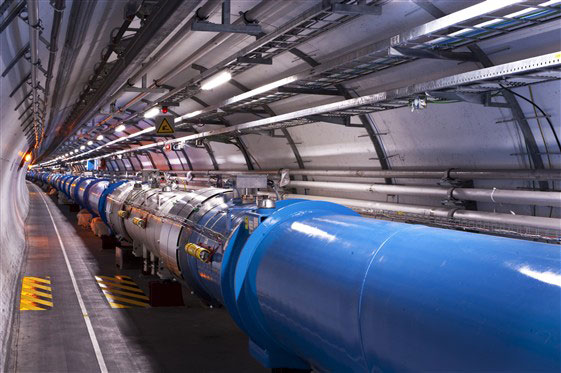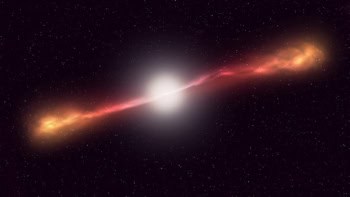
The Large Hadron Collider (LHC) will run at a total energy of 7 TeV for an additional year, said CERN bosses today in Geneva. The announcement was made after senior LHC physicists asked the lab to delay a 19-month shutdown of the LHC scheduled for December 2011. CERN, however, has rejected the scientists’ request to boost the energy of the collider by 1 TeV.
Last year the LHC ran at 7 TeV (3.5 TeV per proton beam) and CERN had planned to extend this run until December 2011. The plan was then to shut down the collider for more than a year to replace potentially faulty interconnects between its superconducting magnets.
“With the LHC running so well in 2010, and further improvements in performance expected to come, there’s a real chance that exciting new physics may be within our grasp by the end of the year,” explained CERN director-general Rolf-Dieter Heuer.
Indeed, Heuer believes that the extension will give LHC physicists a good chance at spotting the elusive Higgs boson, which is a main goal of the collider. He also said that an extended run at 7 TeV would also be useful in the LHC’s search for supersymmetric particles – the discovery of which could provide important clues regarding the unification of the strong and electroweak forces and other open questions in particle physics.
Staying at 7 TeV
CERN bosses have decided to keep the collision energy at 7 TeV throughout 2011–12, despite a request from physicists to increase it to 8 TeV in 2012. The lab’s director for accelerators and technology Steve Myers explained: “Although increasing by [1 TeV] would increase our sensitivity to new particles, a careful objective analysis of the situation showed that the risk is too high for the expected increase in sensitivity.”
The LHC was originally designed to run at a collision energy of 14 TeV but this was put on hold in September 2008 when the failure of a connector between two superconducting magnets shutdown the collider for more than a year. When it finally started up again in November 2009, the connector problem had not been fully solved – and CERN decided that the LHC could not safely run at total energies higher than 7 TeV.



